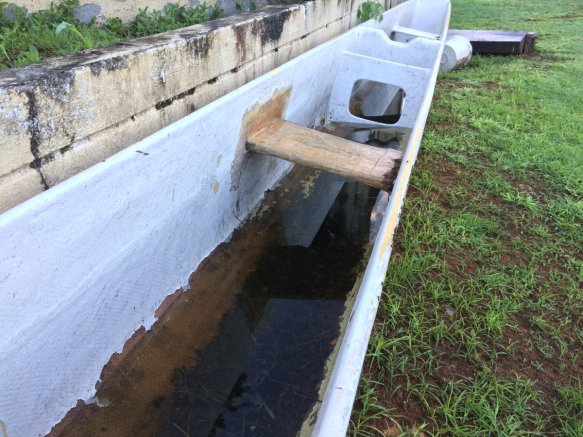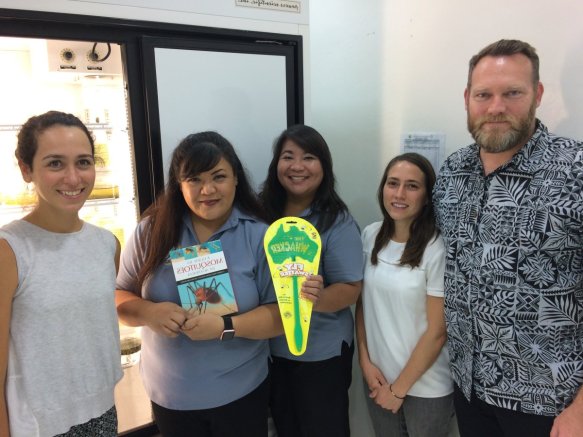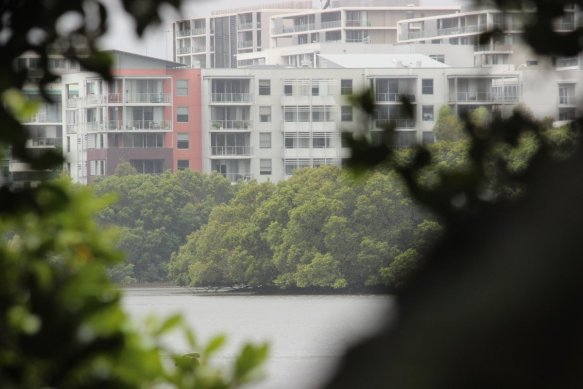
Spring is gone and with the arrival of summer comes the mosquitoes. Calls from the media inevitably follow shortly after. I have no doubt many journalists, broadcasters and producers have my name in their diaries, circled brightly in red, on the first day of summer!
It is a fun part of my job to deal with the media. Its more than just getting a chance to talk about mosquitoes and their role in the local environment, it also provides an opportunity to do some important public health communications around the issues of mosquito bite prevention and management of mosquito-borne disease.
Scorchers, sun protection, and buzzing bloodsuckers
What got the ball rolling this year was a joint media briefing arranged by ausSMC. Alongside colleagues talking about heat waves, summer storms, sun protection and bushfire, I shared some tips on protecting yourself from mosquito bites and mosquito-borne disease this summer. It was interesting speaking alongside Professor Sanchia Aranda, CEO of Cancer Council Australia, and comparing the ways we promote safe and effective use of sunscreens and mosquito repellents. This was picked up on in additional media coverage. Overall, there was over 300 local and international articles following this media briefing!
The briefing provided an opportunity to fill a gap in public health communication I’ve identified (and tried to fill) in recent years. Health authorities are pretty good at providing advice on choosing mosquito repellents but less so on using them effectively. Ensuring repellents are actually used effectively is the best way to increase the protection of the community against mosquito-borne disease.
In early December we held our “Sydney Ideas: Mosquitoes in the City” event at Westmead. This was a great opportunity to speak to the community and the well attended event prompted some broader interest in the work of presenters.
It was a pleasure being able to visit the studios of ABC Radio National with Prof Tony Capon, Professor of Planetary Health at the University of Sydney, to discuss with Philip Adams how urbanisation and a changing climate may influence local mosquito populations and mosquito-borne disease risk. I’m working more and more with Tony so nice to share the opportunity to talk about this initiative with him on national radio. You can listen back here. This work is strongly linked to the theme of the “Mosquitoes in the City” event and there is clearly much to learn regarding the place of mosquitoes, wetlands, wildlife and mosquito-borne disease at the fringes of our metropolitan regions under the influence of a changing climate and the ways urban design responds to the threat.

Why me? I wish mozzies would bite my friends instead!
There was another boost in interest resulting from a spot on ABC News 24 Weekend Breakfast. The accompanying online article explaining why mosquitoes are more likely to bite some people more than others then sparked considerable interest! What followed was a bunch of radio and television interviews.
There was also a follow up article at News.com.au and this was also picked up on “Kids News” who republished a modified version of the story together with some suggestions for classroom learning exercises. Nice.
There were two different experiences with ABC News. The appearance on Weekend Breakfast was great. I’ve done segments with Andrew Geoghegan and Miriam Corowa before, have always been impressed with their knowledge and interest. I really enjoy the relaxed feel on the show. Was also a pleasure working with Dale Drinkwater, the producer, who put together the segment and accompanying article.
A couple of days later I appeared on News Breakfast with Virginia Trioli. As the program is produced out of Melbourne, I had to do a live cross from the Sydney studios. I always find these interviews a little uncomfortable as I’m tucked away in a small, dark recording booth staring down a camera and hoping my ear piece doesn’t fall out! I’m sure there is an art to these but I’m not sure I’ve mastered that just yet.
Once the mozzies start biting…
With the warm weather arriving and everyone’s minds turning to summer, there is always a flood of festive season-related media stories. Once the mozzie stories started popping up, many more media outlets starting running segments.
There were also warnings about the health threats of mosquitoes over the festive season from local health authorities.
I had the chance to visit many radio and television studios to conduct interviews, this time it was the first opportunity to visit the Macquarie Radio (home to 2UE and 2GB) for what turned out to be a relatively long (by commercial radio standards) interview with Tim Webster on Talking Lifestyle/2UE including a few callers asking about mosquito repellents, disease risk and what the “purpose” of mosquitoes actually is! Listen back via the Holiday and Home podcast.
Taking talkback can be tricky. I’m fortunate enough to have had an opportunity to do this reasonably routinely. I appreciate the opportunity to get a feel for what the community wants to know about mosquitoes, we should be taking these things into account when designing fact sheets and other communication material. There is no point in simply systematically repeating what has come before.
Live TV can also be tricky. I also had the chance to do segments on Channel Nine’s Today and Today Extra programs. These are always fun and I do find it fascinating to see how the behind-the-scenes production of these shows get put together.
Even the local newspaper, the Parramatta Sun, ran a nice story with great shot of me among the mangroves of the Parramatta River. It is also fun dragging photographers out into the wetlands. This time a fun shot of me from a different perspective other than simply standing beside a mosquito trap!

There was certainly plenty of “buzz” (or should that be “hum”) about mosquitoes over recent weeks. Great to see other articles pop up by fellow science communicators as well as the occasionally celebrity. There can never be too many ways to get the message out!
The mosquito coil conversation
At the point where I thought everyone was getting sick of mosquitoes, my latest article on the safe and effective use of mosquito coils was published at The Conversation (as well as being republished by ABC News). To date there have been about 90,000 clicks on the article, highlighting just how interested people are in the topic.
There were a bunch of other interview requests on the back of this including ABC Sydney, ABC Brisbane and ABC Adelaide. You can listen back to my chat with James Valentine on ABC Nationwide Afternoons here.
It isn’t always easy managing media requests
To finish up, I think it is important to share some of the reality of wrangling all these media requests. Most importantly, it takes time. It takes time to prepare and it takes much more time to actually do these activities.
For live television appearances, that often only last a few moments, you’re typically asked to arrive at the studios 30-40min prior to scheduled interview. Notwithstanding the travel time back and forth from studios (often very early in the morning), this means the interruption to the day isn’t insignificant. There was one day that I participated in two different teleconferences while in transit to and between interviews at ABC in Ultimo and Channel Nine in Willoughby!
The other thing is that sometimes you’ll get bumped. I was scheduled to chat on a live television program that requested I bring along a cage of live mosquitoes. This is generally not a problem but it does take time, especially when I have to actually collect field caught mosquitoes especially for this purpose. Unfortunately, the segment got bumped on one day, rescheduled for the next and then bumped again for a second time.
It would be easy to get really upset in these circumstances but it is a reality of dealing with the media. Don’t take it personally as these things are mostly out of your control. If you’re keen to engage with the media, this is just one of the many challenges you’ll need to learn to manage.
Spot any other cool mozzie media things? Join the conversation on Twitter or Facebook!












